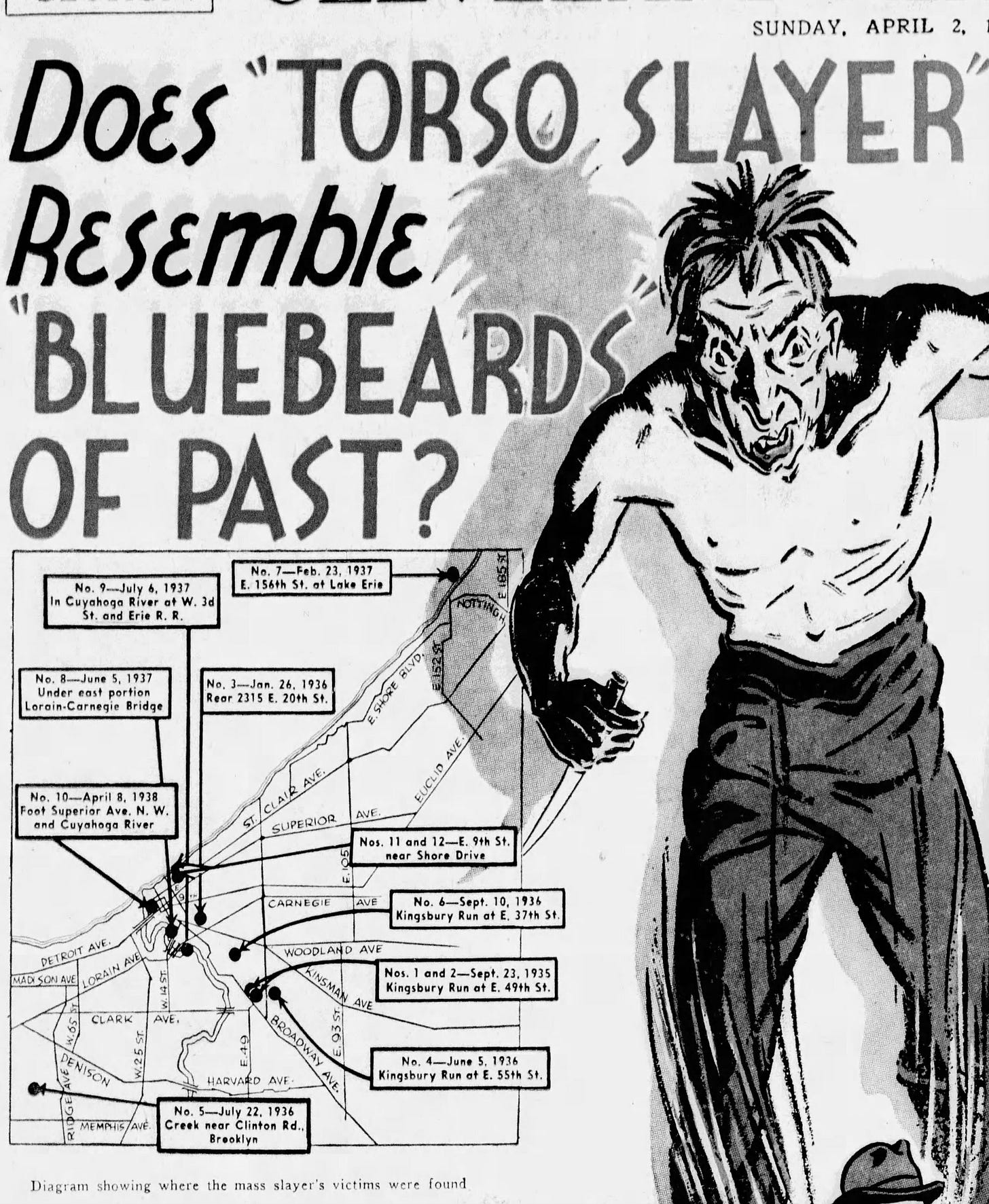The Cleveland Torso Murders: How A Deranged Serial Killer Eluded Legendary Crimefighter Elliot Ness
From 1935 to 1938, dismembered bodies continued to pile up in Cleveland as famed lawman Elliot Ness hunted for a crazed killer
Background
In September 1934, a man found the decapitated torso of a woman that had washed up along the shores of Lake Erie. Aside from the missing head, the corpse was also missing both of its lower legs which had been severed just below the knees.
Additionally, investigators noticed that the corpse had been treated with a chemical preservative which had given the skin a leathery texture as well as a reddish hue. At the time, the grisly discovery appeared to be an isolated incident.
However, over the next four years, at least a dozen more similarly dismembered corpses would be found in the city of Cleveland, mostly centralized in an impoverished slum known as Kingsbury Run.
Eventually, the police realized that they were dealing with a serial killer who seemed to have an in-depth understanding of surgical techniques and human anatomy.
Dubbed by the press “The Butcher of Kingsbury Run,” the murders became so extreme and frequent that famed crimefighter Elliot Ness was placed in charge of the investigation.
Kingsbury Run
By the 1930s, Cleveland, Ohio, like the rest of the United States, was feeling the effects of the Great Depression. One of the hardest-hit sections of the city was the area known as Kingsbury Run.
Located on the east side of Cleveland near Shaker Heights, the area stretched from the Cuyahoga River to about East 90th Street and was bordered on the north by Woodland Avenue and on the south by Broadway.
The area thrived economically during the 19th century, thanks in large part to the presence of crude oil in the area. However, by the beginning of the Depression, Kingsbury Run had already become a slum, with the economic downturn further impacting the area’s impoverished residents.
The close proximity to many bars, flophouses, and brothels, combined with the often filthy living conditions, contributed to the area’s seedy reputation.
Kingsbury Run was home to many who were living on the fringes of society. Hobos, drifters, prostitutes, and many homeless people called the area home.
Many of these residents created makeshift dwellings and communities, which were referred to as “Shantytowns.” As similar Shantytowns were being removed in other parts of the city, many of those residents relocated to Kingsbury Run.
Discovery of the First Bodies
The first body found was an unidentified woman whose headless body had washed up on the shores of Lake Erie. Later determined to have likely been in her mid-30s, she was nicknamed “The Lady of the Lake.”
She would also be retroactively labeled as “victim #0” when it was determined that she was also a victim of the serial killer.





